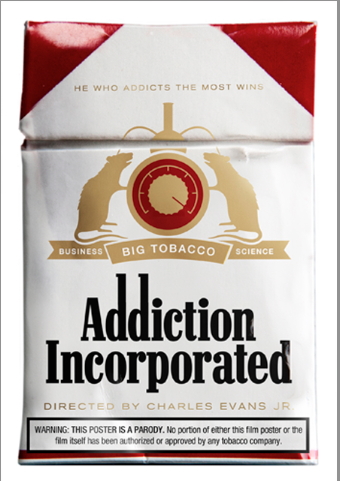When cigarettes first began to be linked to cancer and other diseases in the 1950s, a plethora of tobacco lawsuits aimed at tobacco companies began to unfurl. Today, we hear of lawsuits against tobacco companies quite often, and its no longer unusual for a barrage of restrictions against tobacco companies to be in place. But while we may be familiar with some of the more recent tobacco lawsuits, the beginning is what set it all in motion and may have been the most significant time period in the history of tobacco litigation.
Cipollone v. Ligget Group, Inc.
One of the first groundbreaking court cases involving tobacco litigation was the 1992 case of Cipollone v. Ligget Group, Inc. The plaintiff, Rose Cipollone, had been a smoker since the age of 16 when she was diagnosed with fatal lung cancer and died. Her son filed suit against the tobacco company for printing only the words “Warning: the surgeon general has determined that cigarette smoking is dangerous to your health” on their packaging. Cipollone’s son claimed that his mother was unaware that smoking could cause death, and the suit was filed in a district court on the basis of the cigarette’s company breach of express warrant, negligence in fully informing the public of the dangers of smoking, and fraud.
The Supreme Court of the United States sided with the tobacco company, stating that federal law could not and would not set requirements or prohibitions on the state level in regards to smoking and health. The Court also ruled that any tobacco company that labeled its products with warnings was exempt from “failure to warn” acts against the company.

United States v. Phillip Morris
In 1999 several prominent tobacco companies within the United States were sued by the US Department of Justice for “fraudulent and unlawful conduct.” The lawsuit was primarily based on the Department of Justice’s opinion that tobacco companies had purposefully engaged in a conspiracy against the American public that involved being untruthful about the dangers of smoking and second-hand smoke, misrepresenting just how addictive nicotine is, using deceptive marketing, and not making healthier cigarettes.
In 2006 the court found that the tobacco companies were indeed liable for harms against the American people, and in 2009 the US Court of Appeals upheld the 2006 decision unanimously. The Court refused to uphold the defendant’s claim that fraudulence is a first amendment right, stating that the “defendants knew of their falsity of the time and made the statements with the intent to deceive,” and, therefore, the statements are not protected by the first amendment.
In addition to these two early lawsuits against tobacco companies that have made their way to higher courts, there have also been a variety of personal lawsuits against tobacco companies in nearly every state in the United States. The most recent bout of tobacco lawsuits have been based on tobacco companies labeling of their cigarettes as “light,” which the consumer has assumed refers to the amount of nicotine in the cigarette. “Light,” however, actually refers to the taste of the cigarettes, which tobacco companies have stated the consumer should know. The Supreme Court has ruled that tobacco companies’ claims that federal law preempts plaintiffs from suing are not accurate, and so another wave of lawsuits against tobacco companies is sure to occur.
Byline
Bishop Zachary is a freelance writer based in Denver, CO. Bishop encourages readers to visit Shrader Law to learn more about filing a mesothelioma based claim.
Image credit goes to Center Stage with Mark Gordon.
























